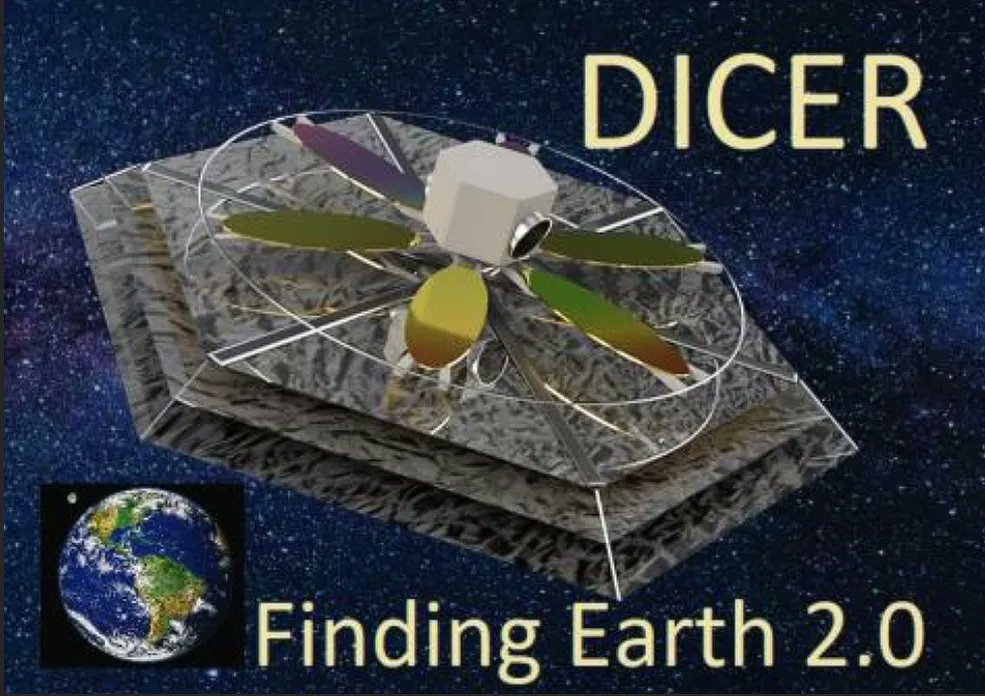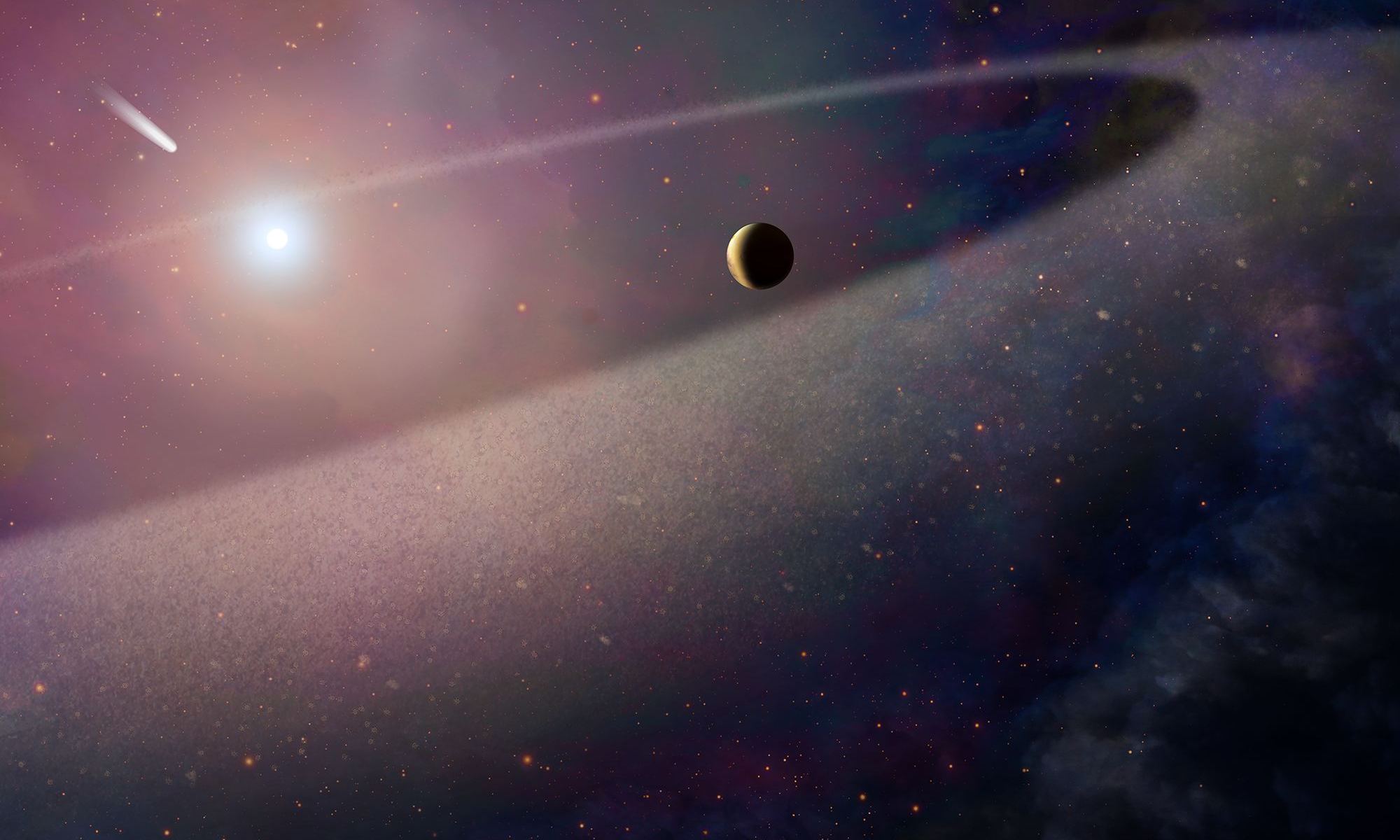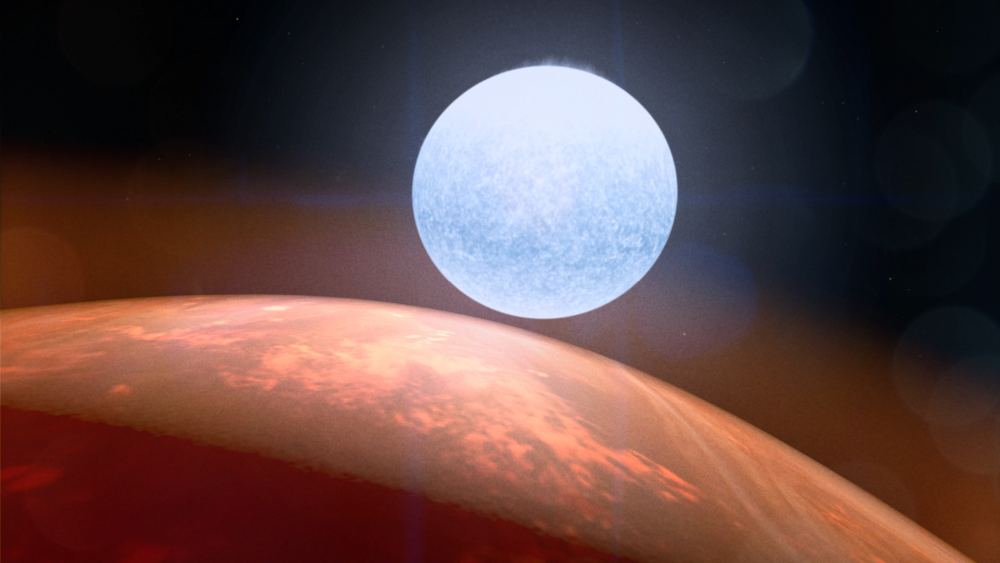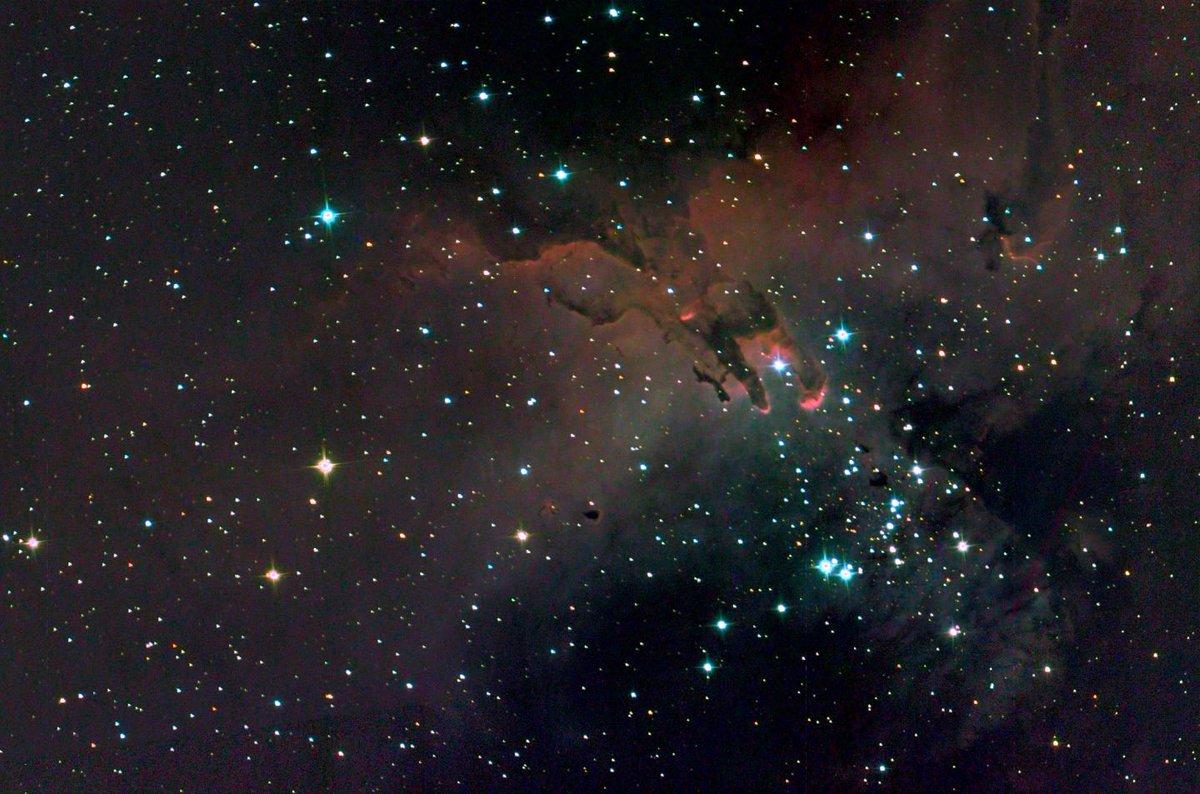For astronomers, the only thing better than new data is more new data. And we seem to be in a golden age of data gathering. We’ve gushed over the latest images from the James Webb Space Telescope and Hubble continues to make observations, but several new space telescopes are lesser known, such as Gaia, TESS, and Swift. And now a new space telescope enters the game, known as Euclid. Euclid is an infrared telescope launched last month by the European Space Agency (ESA). It took 11 years to design and build the telescope, and it has just taken test images with its two primary detectors.
Continue reading “Euclid Reaches L2, Shares its First Test Image”The Biggest Telescope in the World is Half Built

The European Southern Observatory continues to build the largest telescope in the world, the Extremely Large Telescope (ELT). Construction of the telescope began in 2014 with flattening the top of a mountain named Cerro Armazones in Chile’s Atacama Desert.
ESO just announced that progress on construction has crossed the 50% mark. The remaining work should take another five years. When it finally comes online in 2028, the telescope will have a 39-meter (128 ft) primary mirror of 798 hexagonal segments, making it the largest telescope in the world for visible and infrared light. The new telescope should help to answer some of the outstanding questions about our Universe, such as how the first stars and galaxies formed, and perhaps even be able to take direct images of extrasolar planets.
Continue reading “The Biggest Telescope in the World is Half Built”Watch a Dramatic Tornado Rise from the Surface of the Sun, Captured by Andrew McCarthy

Amateur astrophotography is becoming increasingly popular among the astronomy community, as advancements in telescope and camera technologies allow individuals from all walks of life to observe the heavens in mind-blowing detail, including our own Sun, albeit with the proper protective equipment. This was recently demonstrated by Andrew McCarthy (Twitter @AJamesMcCarthy), who owns and operates Cosmic Background Studios, and is originally from Northern California but currently resides in Florence, Arizona.
Continue reading “Watch a Dramatic Tornado Rise from the Surface of the Sun, Captured by Andrew McCarthy”If an Earthlike Planet is Within 30 Light-Years, This Space Telescope Will Find it
There has long been a limiting factor in the development of space-based telescopes – launch fairings. These capsules essentially limit the overall size of the mirrors we are able to launch into space, thereby limiting the sensitivity of many of those instruments. Despite those limitations, some of the most successful telescopes ever have been space-based, but even with all the advantages of being in space, they have so far failed to find an exoplanet in the habitable zone of a Sun-like star. Enter a new project called the Diffractive Interfero Coronagraph Exoplanet Resolver (DICER), which recently received funding from NASA’s Institute for Advanced Concepts (NIAC).
Continue reading “If an Earthlike Planet is Within 30 Light-Years, This Space Telescope Will Find it”Future Space Telescopes Could be 100 Meters Across, Constructed in Space, and Then Bent Into a Precise Shape
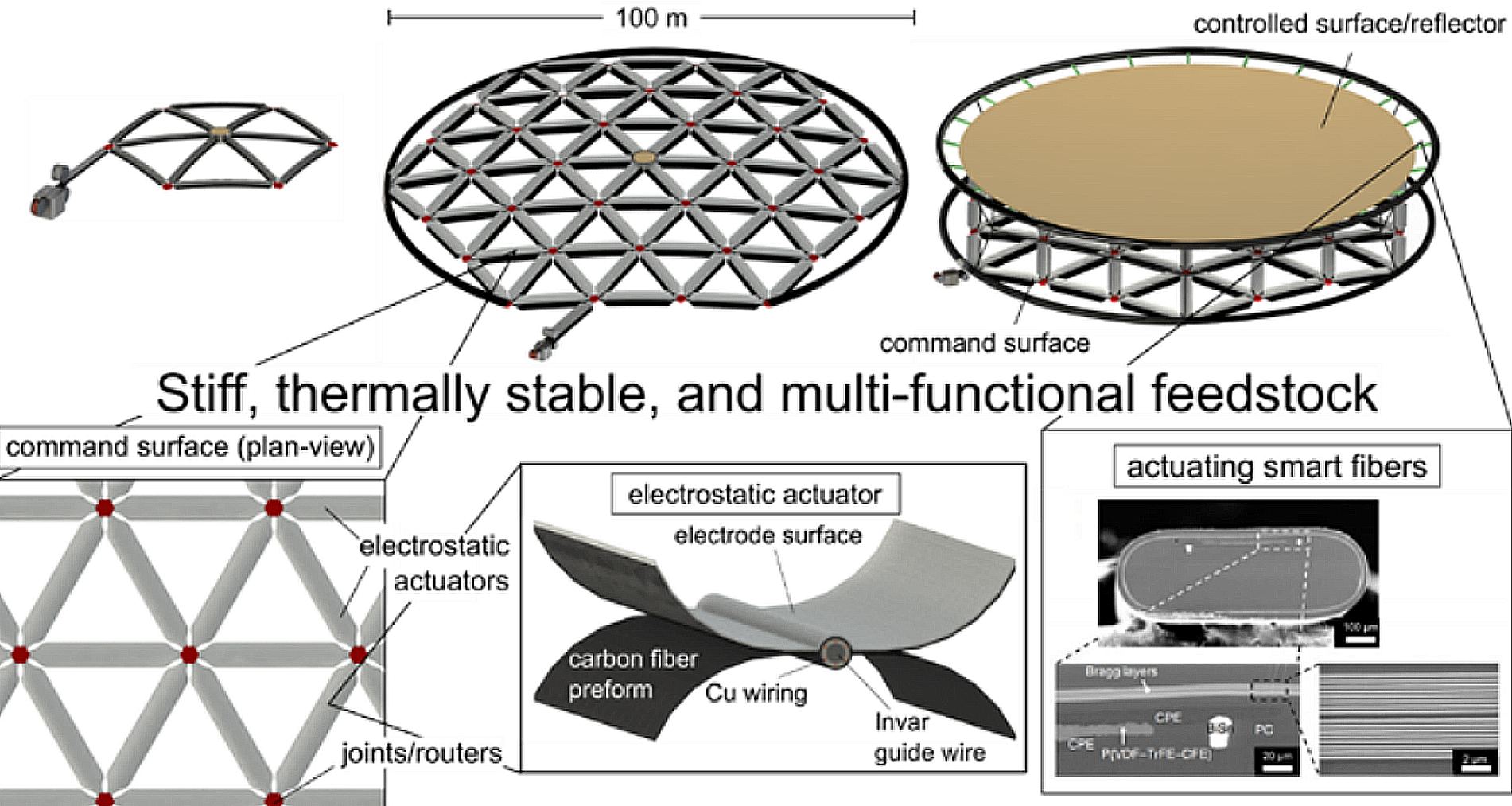
It is an exciting time for astronomers and cosmologists. Since the James Webb Space Telescope (JWST), astronomers have been treated to the most vivid and detailed images of the Universe ever taken. Webb‘s powerful infrared imagers, spectrometers, and coronographs will allow for even more in the near future, including everything from surveys of the early Universe to direct imaging studies of exoplanets. Moreover, several next-generation telescopes will become operational in the coming years with 30-meter (~98.5 feet) primary mirrors, adaptive optics, spectrometers, and coronographs.
Even with these impressive instruments, astronomers and cosmologists look forward to an era when even more sophisticated and powerful telescopes are available. For example, Zachary Cordero
of the Massachusetts Institute of Technology (MIT) recently proposed a telescope with a 100-meter (328-foot) primary mirror that would be autonomously constructed in space and bent into shape by electrostatic actuators. His proposal was one of several concepts selected this year by the NASA Innovative Advanced Concepts (NIAC) program for Phase I development.
JWST Pioneer Passes Along Advice for Future Space Telescope Builders

After a quarter-century of development, NASA’s James Webb Space Telescope is a smashing success. But senior project scientist John Mather, a Nobel-winning physicist who’s played a key role in the $10 billion project since the beginning, still sees some room for improvement.
Mather looked back at what went right during JWST’s creation, as well as what could be done better the next time around, during a lecture delivered today at the American Astronomical Society’s winter meeting in Seattle.
Continue reading “JWST Pioneer Passes Along Advice for Future Space Telescope Builders”Webb Can Detect Planets Orbiting White Dwarfs, And Maybe Even See Signs of Life
In a recent study accepted to the Monthly Notices of the Royal Astronomical Society, an international team of researchers led by Texas A&M University investigate how the James Webb Space Telescope (JWST) can detect a variety of exoplanets orbiting the nearest 15 white dwarfs to Earth using its Mid-Infrared Instrument (MIRI) Medium Resolution Spectrograph (MRS). This study holds the potential to expand our knowledge of exoplanets, their planetary compositions, and if they can support life.
Continue reading “Webb Can Detect Planets Orbiting White Dwarfs, And Maybe Even See Signs of Life”Next Generation Telescopes Could Search for Intelligent Civilizations Directly
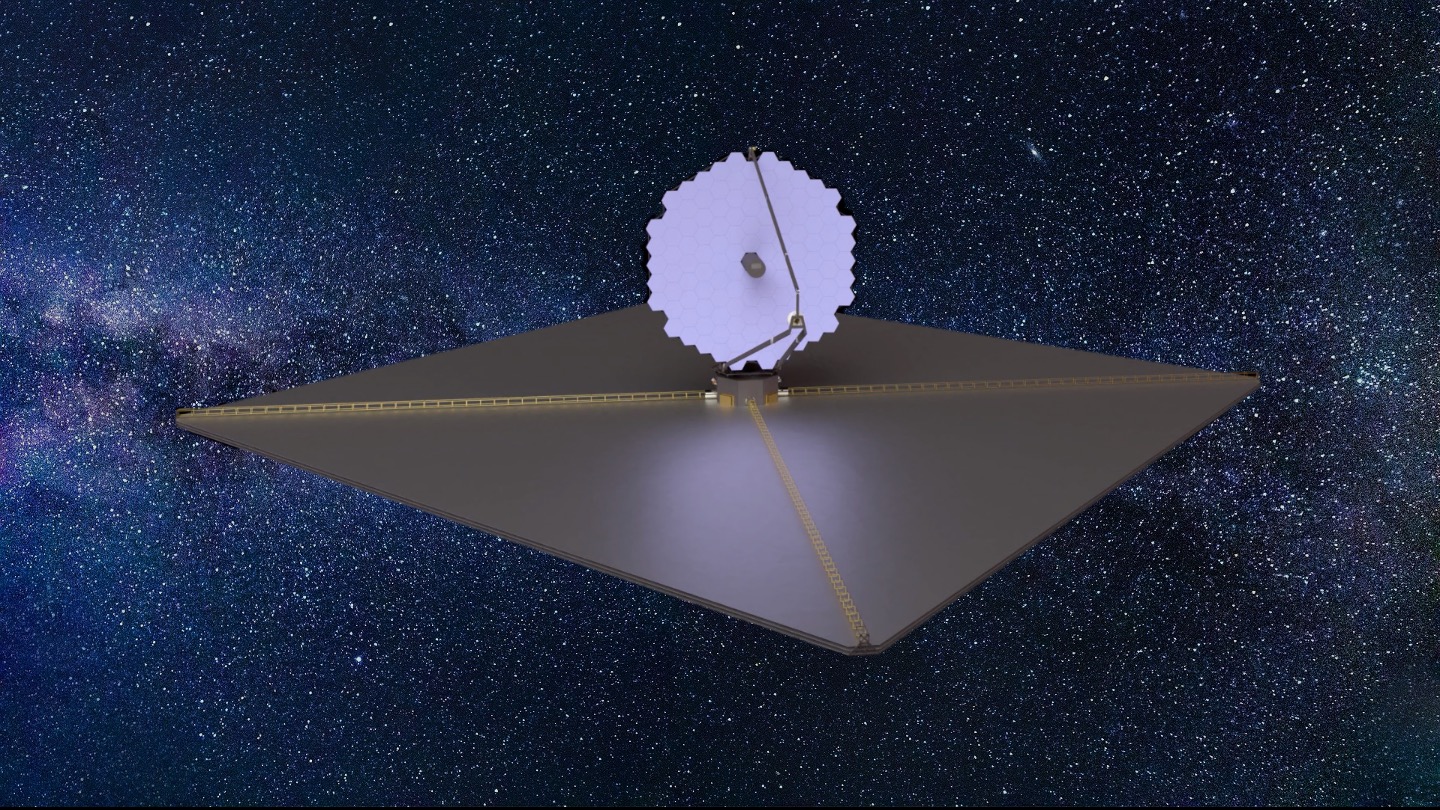
We’re still in the early days of searching for life elsewhere. The Perseverance rover is on its way to a paleo-delta on Mars to look for fossilized signs of ancient bacterial life. SETI’s been watching the sky with radio dishes, listening for signals from distant worlds. Our telescopes are beginning to scan the atmospheres of distant exoplanets for biosignatures.
Soon we’ll take another step forward in the search when new, powerful telescopes begin to search not just for life but for other civilizations.
Continue reading “Next Generation Telescopes Could Search for Intelligent Civilizations Directly”Smaller, Ground-Based Telescopes can Study Exoplanet Atmospheres too
The next step to understanding exoplanets is to understand their atmospheres better. Astronomers can determine a planet’s mass, density, and other physical characteristics fairly routinely. But characterizing their atmospheres is more complicated.
Astronomers have had some success studying exoplanet atmospheres, and spacecraft like the James Webb Space Telescope and the ESA’s ARIEL mission will help a lot. But there are thousands of confirmed exoplanets with many more to come, and the Webb has many demands on its time.
Can smaller, ground-based telescopes play a role in understanding exoplanet atmospheres?
Continue reading “Smaller, Ground-Based Telescopes can Study Exoplanet Atmospheres too”A new Balloon-Based Observatory Could Produce Images as Fine as Hubble
Launching satellites is an expensive business – at least for now. But satellites are necessary in astronomy for one major reason – it gets telescopes above the atmosphere. The Earth’s atmosphere and its associated weather patterns are a massive hindrance to collecting good images. If a stray cloud passes in front of the observational target once over the course of a few days, it could ruin the entire image. Which is why some of the most striking astronomical pictures come from space-based observatories like Hubble. But now, a team of researchers from Durham, Toronto, and Princeton Universities has come up with a new way to get above that atmosphere that doesn’t involve a launch into orbit. They want to use a balloon.
Continue reading “A new Balloon-Based Observatory Could Produce Images as Fine as Hubble”

